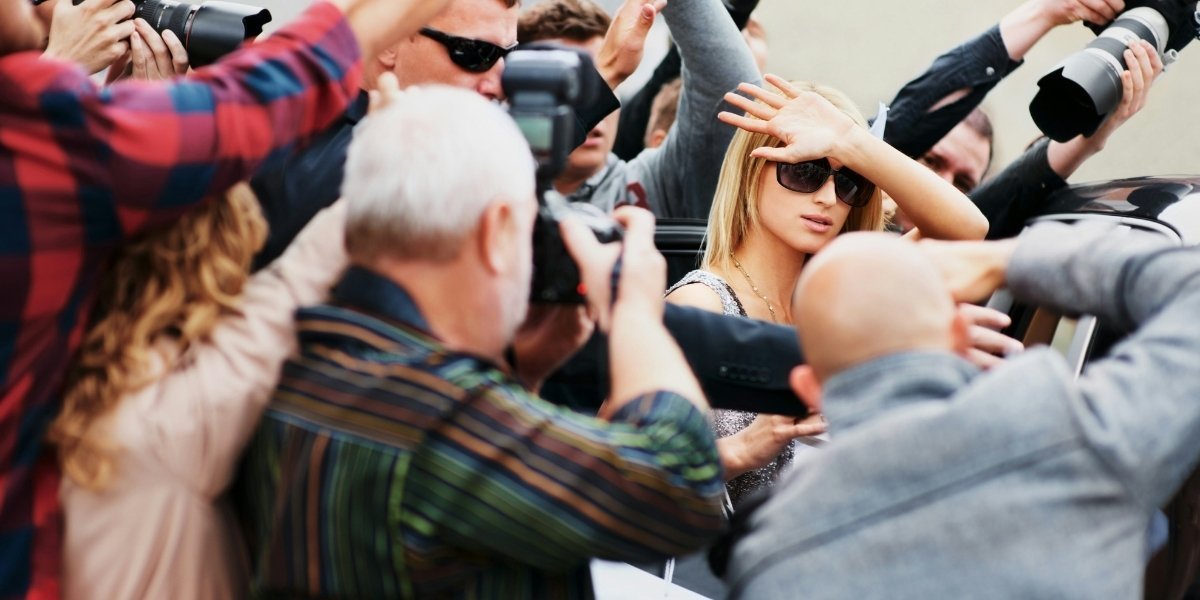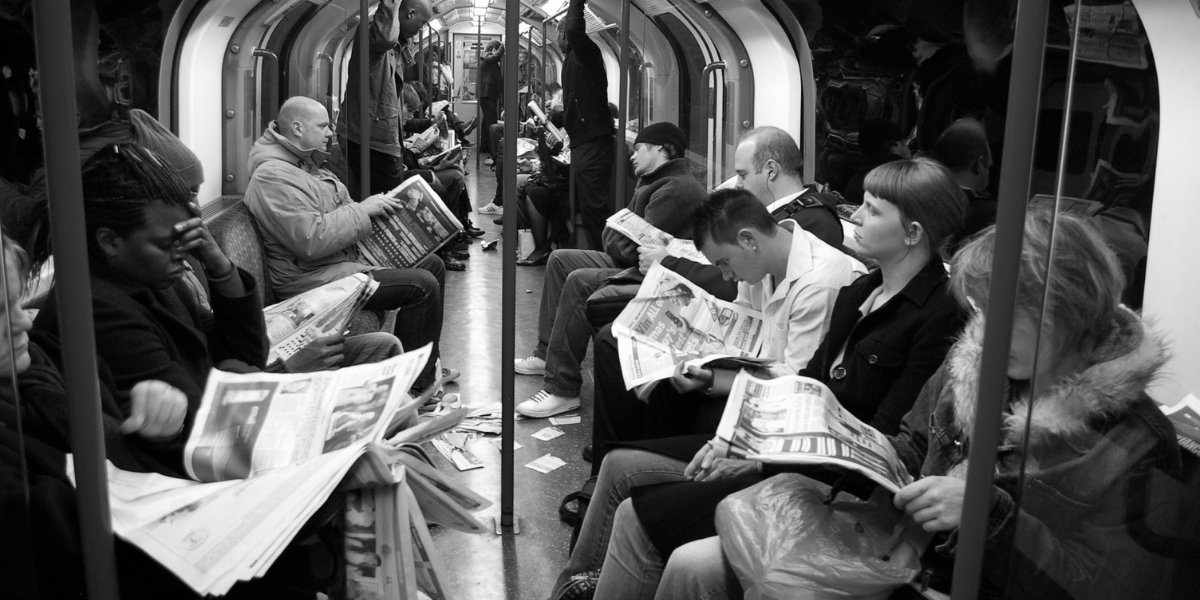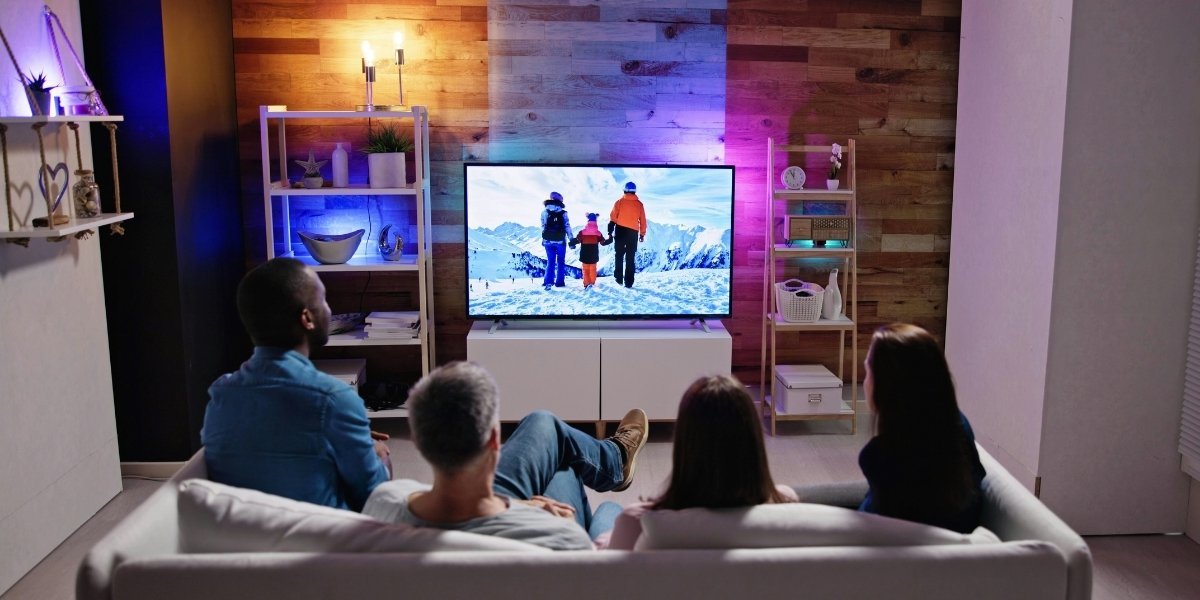One of the most essential aspects of a modeling career is building strong relationships with photographers and creative teams. These professionals are integral to a model’s success, as they help capture the essence of a model’s look and deliver the final product that brands, magazines, or clients require. Building a rapport with photographers allows models to better understand the vision for a shoot and collaborate effectively. It is also important to cultivate connections with makeup artists, stylists, and other members of the creative team, as teamwork ensures that the photoshoot runs smoothly and yields high-quality results. Consistently maintaining professionalism, showing a willingness to collaborate, and being punctual and prepared for every shoot are key factors in building and maintaining these valuable relationships.
Read also: Essential Skills and Attributes for a Model
The Casting Process: What to Expect and How to Prepare
The casting process can vary from one job to another, but understanding the typical expectations can help models prepare effectively. A casting is essentially an audition where models are selected for specific jobs based on their suitability for a particular look, style, or concept. Models may be required to submit their portfolios or attend in-person castings where they are asked to pose for photos, walk, or participate in interviews. Preparation for castings involves ensuring that a model’s portfolio is up to date and showcasing their best work, which may include headshots, full-body shots, and any other relevant images. Being punctual, well-groomed, and professional in demeanor is essential for making a good impression. Models should also be prepared to take direction well and adjust to different environments or requirements quickly, as castings often involve multiple models and can be highly competitive.
Types of Modeling Jobs: From Editorials to Commercial Campaigns
There are various types of modeling jobs available in the industry, each catering to different markets and offering unique challenges and rewards. Editorial modeling typically involves working with high-fashion magazines, where models are hired for photo shoots that highlight the latest trends and styles. These shoots often require a creative or artistic approach, as they feature fashion in imaginative and visually striking ways. Commercial modeling, on the other hand, is more focused on promoting products and services in advertisements, television commercials, and online campaigns. This type of modeling often requires models to present a more relatable or approachable image. There are also runway modeling opportunities, which take place during fashion shows where models walk the runway to showcase designers’ latest collections. Each type of modeling job requires different skills, and models should determine which niche best suits their personal brand and career goals.
The Logistics of a Modeling Job: Timing, Travel, and Compensation
Understanding the logistics of a modeling job is essential for a smooth and professional career. Timing is an important aspect, as photoshoots and fashion shows often require long hours and punctuality. Models need to be prepared for early call times, extended shoots, and the ability to adapt to changing schedules. Travel is also a significant part of the modeling world, especially for models who book jobs outside their home cities or countries. This requires flexibility, as travel arrangements and accommodations must be coordinated in advance. Compensation for modeling jobs can vary widely depending on the type of work, the client, and the model’s experience. It is important for models to understand industry standards for pay rates and negotiate fair compensation for their work. This can include payment per hour, per day, or a flat rate, as well as any additional expenses like travel or accommodation.
Navigating the World of Fashion Shows and Runway Work
Fashion shows and runway modeling are some of the most glamorous and high-profile jobs in the industry. Participating in these shows requires a specific set of skills, including walking with confidence, maintaining posture, and adapting to the designer’s vision. The runway is a space where models showcase the latest fashion trends, often requiring them to change outfits quickly and appear poised under the spotlight. Models working in fashion shows must also be able to handle high-pressure environments, as they perform in front of large audiences, photographers, and industry professionals. Preparation for runway shows typically involves attending fittings, rehearsing the runway walk, and collaborating with designers, stylists, and makeup artists. In addition to showcasing clothes, runway modeling is an opportunity to build a reputation within the fashion industry, as many top designers and brands host prestigious shows that attract significant attention from media and fashion critics.
Understanding the various aspects of the modeling industry, including relationships with photographers, the casting process, types of modeling jobs, logistics, and runway work, is essential for building a successful career. By focusing on professionalism, preparation, and adaptability, models can navigate the challenges of the industry and pursue opportunities that align with their goals. Whether working with creative teams, attending castings, or strutting down the runway, each aspect of a modeling job plays a significant role in shaping a model’s career and reputation in the fashion world.
Read also: Introduction to the Modeling Industry: Types, Key Players, and Evolution










